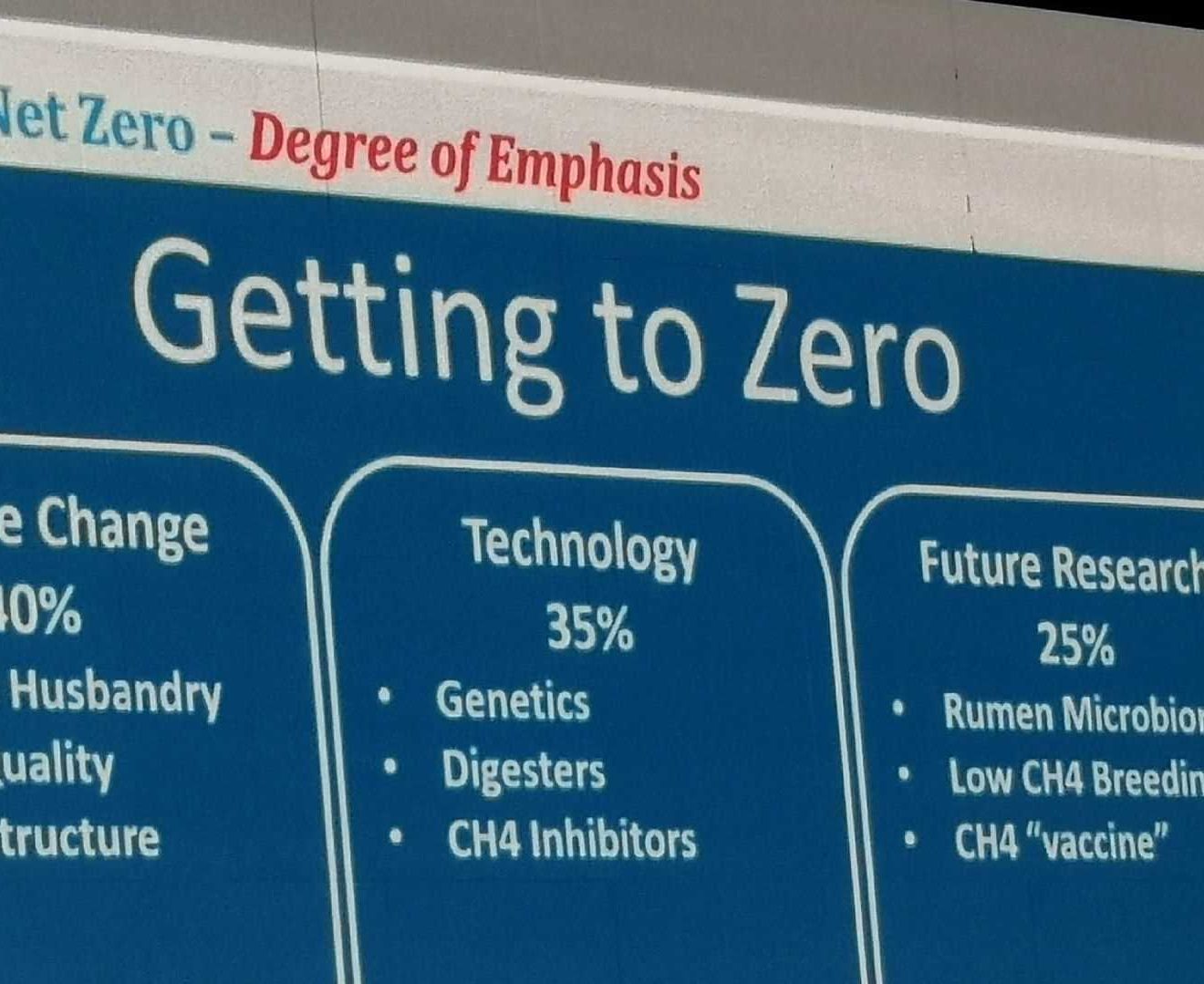Learning organisations are capable of continually adapting to changing realities demands new ways of thinking and operating. Navigating the way to Net Zero is a prime example of the capability required. However, the dysfunctions of traditional management systems keep many organisations in perpetual fire-fighting mode with little energy for innovation.

The learning organisation requires care and cultivation
The time for an alternative system of management has arrived. It is based on love rather than fear, curiosity rather than an insistence on “right” answers and learning rather than controlling.
In the ‘learning organisation’ there is no victorious conclusion. It plays an infinite game. It engages with a practice. The learning organisation never arrives – it is always in the process of becoming, constantly in the process of recreating itself.
It is comparatively easy to help organisations to learn when they are facing a crisis. What is less easy is to enable them to learn continually. This requires moving learning from being perceived as a mandatory requirement to being embraced as a requirement for individual and collective growth, a requirement for life.
In the Fifth Discipline, Peter Senge identifies the disciplines that define learning organisations
- Commit to Personal Mastery
While individual learning does not guarantee organisational learning, without it – organisational learning cannot occur.
Peter Senge defines personal mastery as living one’s life as a creative work, living life from a creative as opposed to a reactive viewpoint. It is a discipline of continually focusing and refocusing on what you truly want and using the tension between your current reality and what you want as a source of creative energy.
Organisations who want to foster a culture of personal mastery will not succeed by rolling out compulsory training programmes.
Rather organisations can create a culture of personal mastery by making it safe for their people to have an alternative vision, where commitment to embracing truth and reality is the norm and where challenging the status quo is expected.
- Become aware of the Mental Models that keep you trapped
In many organisations new insights fail to get put into practice because they conflict with deeply held internal images of how their world works. As a result of such mental models, they are limited to familiar ways of acting and thinking.
Mental models are powerful when you are unaware of them. Because you unaware of them, you don’t examine them. And because you don’t examine them you don’t change them. It is very difficult to get to grips with something that has you in its grip.
Chris Argyris writes about the “defensive routines” that insulate our mental models from examination. As a result we develop “skilled incompetence” – a beautiful contradiction in terms to describe our ability to protect ourselves from the pain and threat posed by learning.
The first step in understanding mental models is to see everything as an assumption. There are no “truths”.
You need to build a capacity for reflective practice – to think about what you are thinking while you are doing. Be curious about any gap between thinking and doing. It might feel like doubt. Share the question. Expose what you would not normally say. Make it the subject of a conversation. Closing this loop is a source of innovation.
Today, “linear thinking” dominates most mental models and decision-making. Learning organisations craft their decisions based on shared understandings of interrelationships and patterns of change, where the assumptions underpinning mental models are openly scrutinised.
- Cultivate shared vision as a practice
It is difficult to name an organisation that has sustained some form of greatness without goals, vision and mission being deeply shared throughout the organisation.
A vision is shared when you and I have a similar picture of the future and we are committed to each other’s progress towards it – not just our individual progress. Shared vision is vital for the learning organisation because it provides the focus and energy for learning.
Vision is a familiar organisational concept. But when you look closely most visions are imposed on the organisation by a person or a group. At best such visions will command compliance. They will not command commitment.
The practice of shared vision involves unearthing shared “pictures of the future” that foster genuine enrolment. In mastering this discipline, leaders learn the futility of trying to dictate a vision, no matter how passionately held.
Shared vision fosters a culture of experimentation. Guaranteed results are not needed to get approval. Everyone is enrolled to the extent that implementing the practice required by the vision is more important than outcomes. It is not what the vision is. Rather it is what the vison does that is important.
Shared visions emerge from personal visions. Visionary leaders build shared visions from personal visions. Leaders building shared visions must continually share their personal vision.
There is nothing you can do to make another person enroll or commit. Enrolment and commitment requires freedom of choice.
The visioning process is a practice of participative inquiry. It requires convening meetings where people can talk about their dreams and fears for the future. It requires accessing peoples’ deep desire for connection to each other and to a bigger purpose.
Shared vision becomes a living force when people believe they can shape their own future.
- Practice Team Learning through Dialogue and Discussion
The fundamental characteristic of the unaligned team is wasted energy. And unless teams can learn, the organisation cannot learn.
When teams are aligned and learning they produce extraordinary results. And the individuals in the team grow more rapidly than they could ever otherwise do.
The discipline of team learning involves mastering the practices of dialogue and discussion.
In dialogue, complex issues are explored, there is deep listening and a suspension of judgement. In discussion alternative views are promoted and defended in the search for the most acceptable view so that a decision can be made. Most teams are unaware of whether they are in discussion or in dialogue.
In great dialogue where “conversations take on a life of their own”, individuals gain insight that they could not achieve individually. Unimagined possibilities emerge. In discussion, the options remain in the realm of what is already imagined.
Dialogue is “yes-and”. Discussion is “no-but”. Dialogue seeks a picture larger than any individual’s view. Discussion seeks consensus on the common denominator. Integrating the skills of dialogue with discussion results in being able to hold a position without being held by the position.
Without skilled facilitation the deeply ingrained habit of discussion is likely to pull you away from dialogue. The facilitators role is to hold the context where positions and assumptions can be suspended.
The fifth discipline is Systems Thinking.

Share this on...